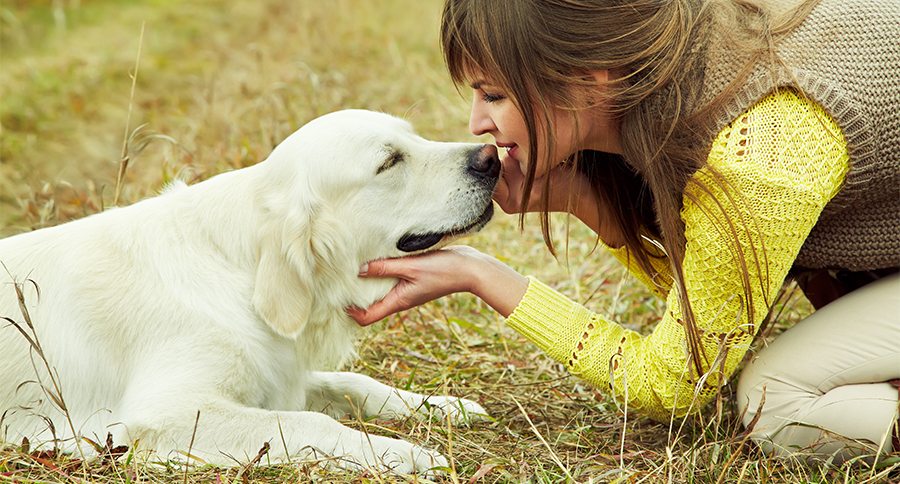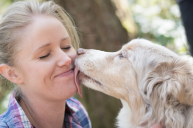A new study has shed a little more light on the intricacies of the human-canine relationship.
A group of researchers from the University of Helsinki's Canine Mind research project found a link between the hormone oxytocin and our relationship with dogs.
In the study, researchers exposed 43 dogs to images of smiling and angry human faces on a computer screen. Each dog was tested twice: once after being administered oxytocin via a nasal spray, and once with no oxytocin (dogs were administered a saline nasal spray as a placebo). Researchers used an eye-tracking device to measure the dogs' pupil sizes during exposure to the faces. Eye-tracking is a good indication of what's going on inside a dog's head because pupil size is directly related to a dog's emotional state and level of attentiveness.
"It seems that the hormone oxytocin influences what the dogs sees and how it experiences the thing it sees," said one of the researchers, doctoral student Sanni Somppi.

Dogs generally hone in on the most outstanding piece of a situation, such as a threatening stimulus in a scary scenario. Knowing this, the researchers found that the addition of oxytocin resulted in the dogs' showing a greater level of interest in the smiling faces than in the angry ones.
In the absence of oxytocin, the dogs' pupils were largest when they were exposed to angry faces, suggesting that such faces caused the most intense emotional reaction in the dogs. With the addition of oxytocin, though, the dogs were more attentive to the smiling faces than they were to the angry ones. This indicates that oxytocin was likely responsible for making the angry faces seem less frightening, while at the same time making the happy faces more inviting.

"Both effects promote dog-human communication and the development of affectionate relations," said Professor Outi Vainio, head of the research group.
Professor Vainio's research group is pioneering the use of eye-tracking as a means of measuring dogs' emotional states. Previously, the method had only been used on humans and apes.
The study was published in Frontiers in Psychology and you can check it out here.
What do you think of this interesting new research? Let us know in the comments section!
WATCH NOW: Pets Lead to Good Health




